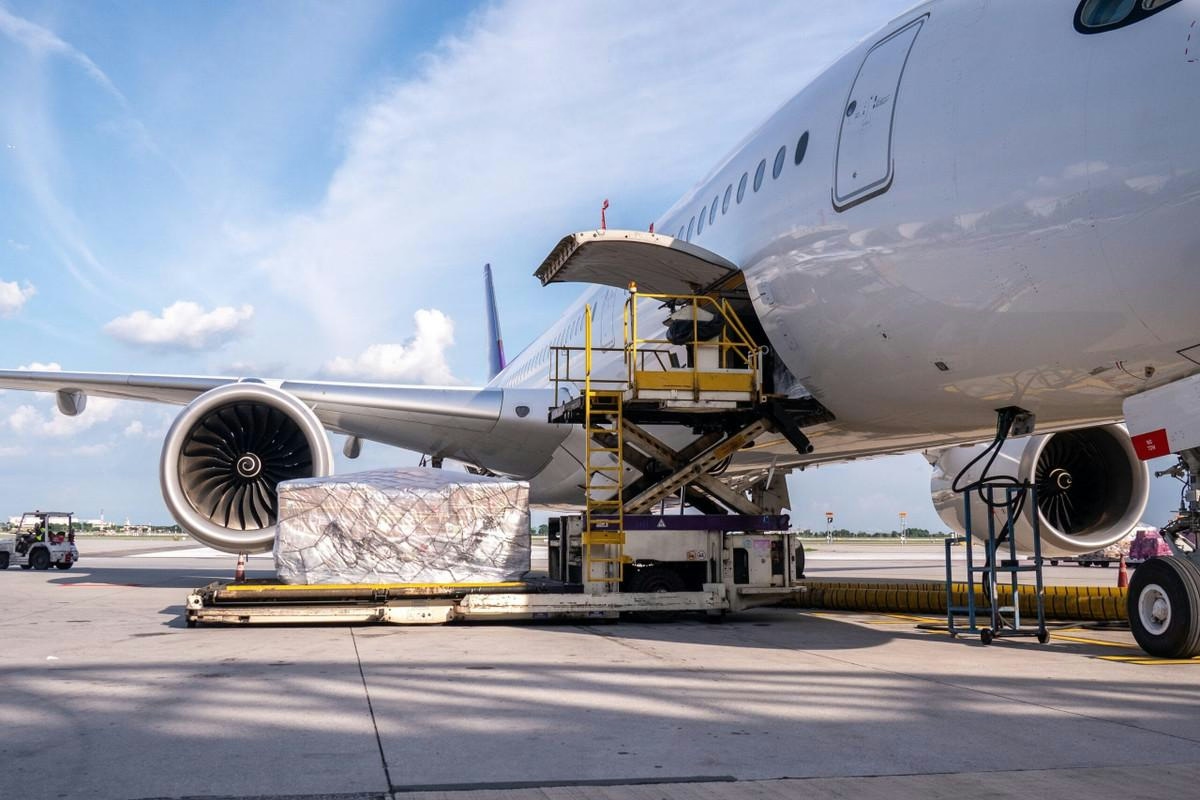
AeroGenie — Uw intelligente copiloot.
Trending
Categories
Garmin Releases Engine Monitoring System for Vintage Aircraft
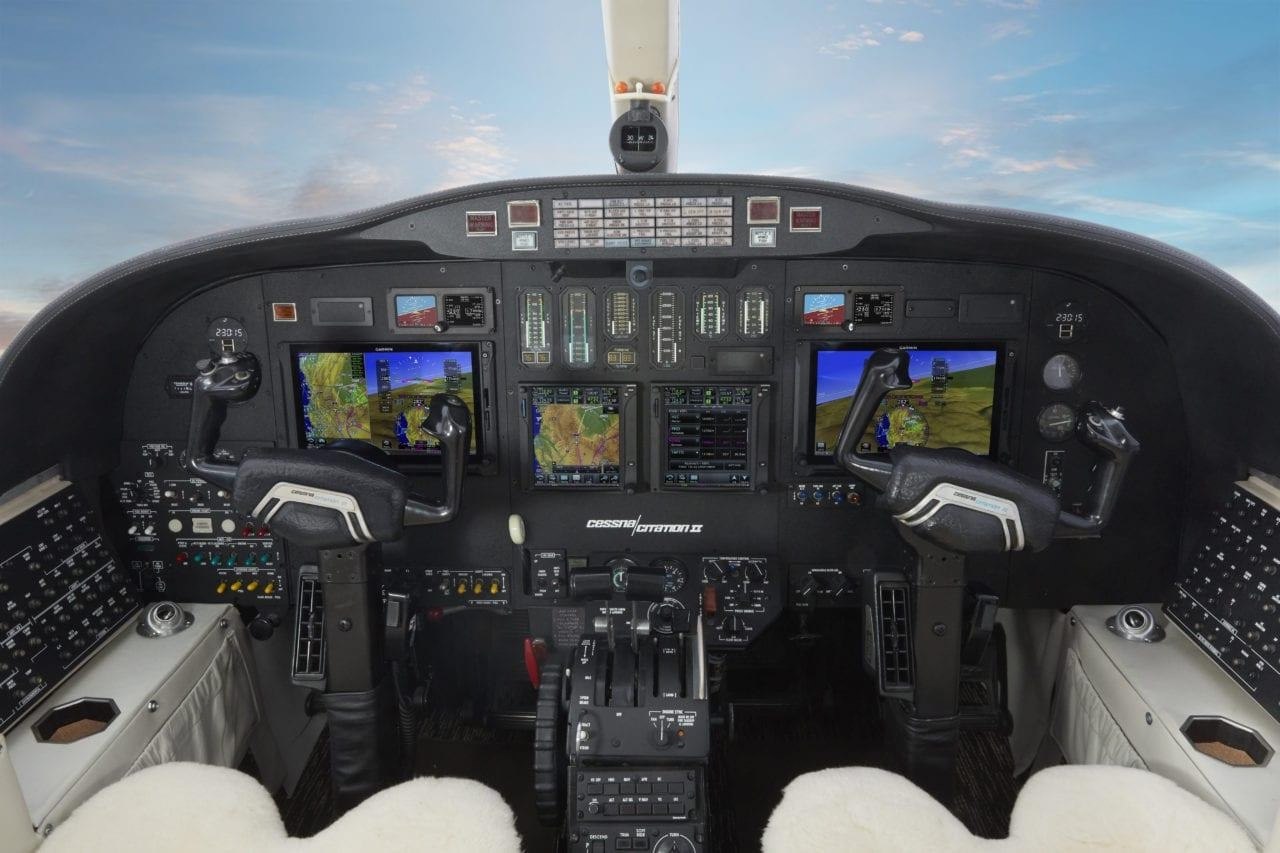
Garmin Introduces Engine Monitoring System for Vintage Aircraft
Garmin has expanded its GI 275 engine indication system (EIS) to support select 7-cylinder radial engines, providing vintage aircraft owners with enhanced tools to monitor and manage their powerplants. The GI 275 EIS serves as a comprehensive primary engine indication display, delivering real-time information on critical parameters such as fuel and electrical systems, oil pressure and temperature, cylinder head temperature (CHT), and exhaust gas temperature (EGT).
Integration and Compatibility with Classic Aircraft
Engineered to fit the standard 3.125-inch flight instrument slot, the GI 275 EIS is designed to simplify installation while preserving the integrity of existing aircraft panels. Garmin’s Approved Model List (AML) currently includes aircraft equipped with Continental W-670, Wright R-760, Jacobs R-755, and Jacobs R-915 engines. Notable supported models encompass the Cessna 190 and 195, WACO YMF, Beech Model 18 series, and Howard DGA-15J and DGA-15W. Garmin has indicated plans to expand compatibility to additional aircraft models in the future. The system is priced starting at $5,570.
Market Context and Industry Challenges
This product launch arrives amid a rapidly evolving global Aircraft Health Monitoring Systems (AHMS) market, which is forecasted to reach $7.4 billion by 2034. Established industry players such as GE Aerospace and Textron Aviation already provide advanced avionics and diagnostic solutions, potentially prompting competitive responses through feature enhancements or pricing adjustments. While Garmin’s offering may appeal to vintage aircraft operators seeking modernization, some may remain cautious due to the complexities involved in integrating contemporary technology with older airframes.
Compounding these market dynamics are ongoing challenges within the midlife aircraft engine sector, including supply chain disruptions and concerns over engine durability, as reported by Aviation Week. These factors may influence demand for Garmin’s monitoring system, as operators balance the advantages of improved engine oversight against the practicalities of maintaining aging aircraft.
For further details, visit Garmin.com/Aviation.

FACTS Summit 2025 in Sydney Highlights Innovation and Sustainability in Asia-Pacific Corporate Travel and Aviation
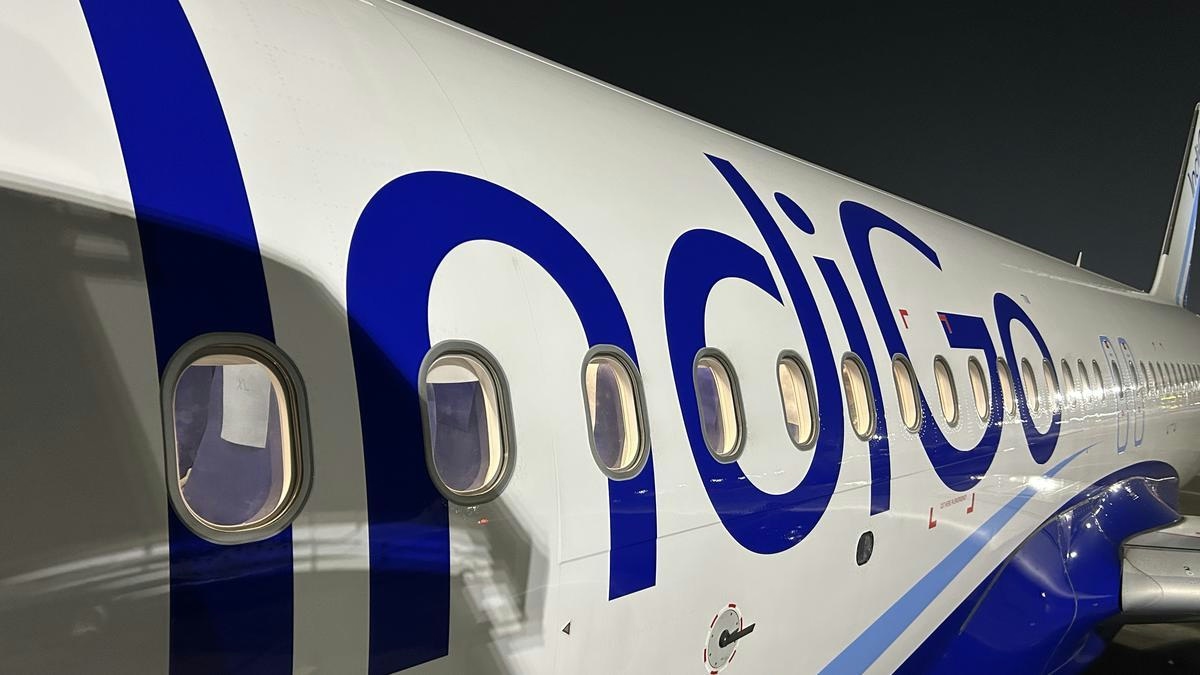
IndiGo to Deploy Wide-Body Aircraft on Vijayawada-Hyderabad Route, Says MP
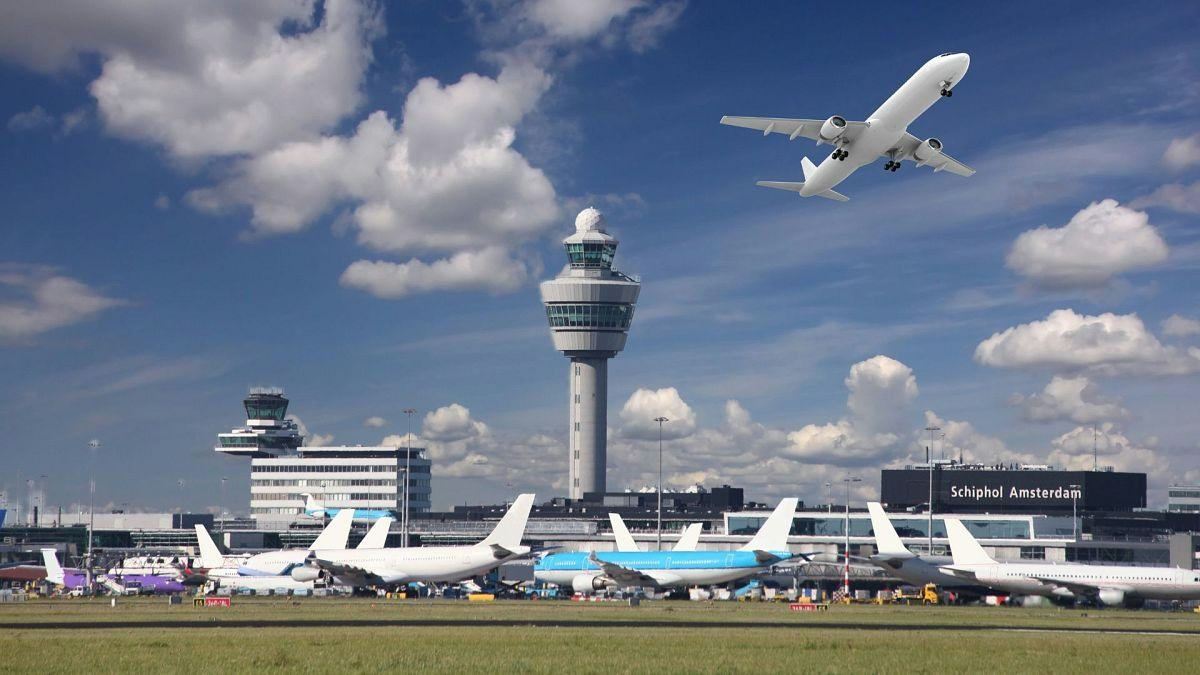
Europe Unveils New Aviation Strategy to Promote Cleaner, Faster Flights
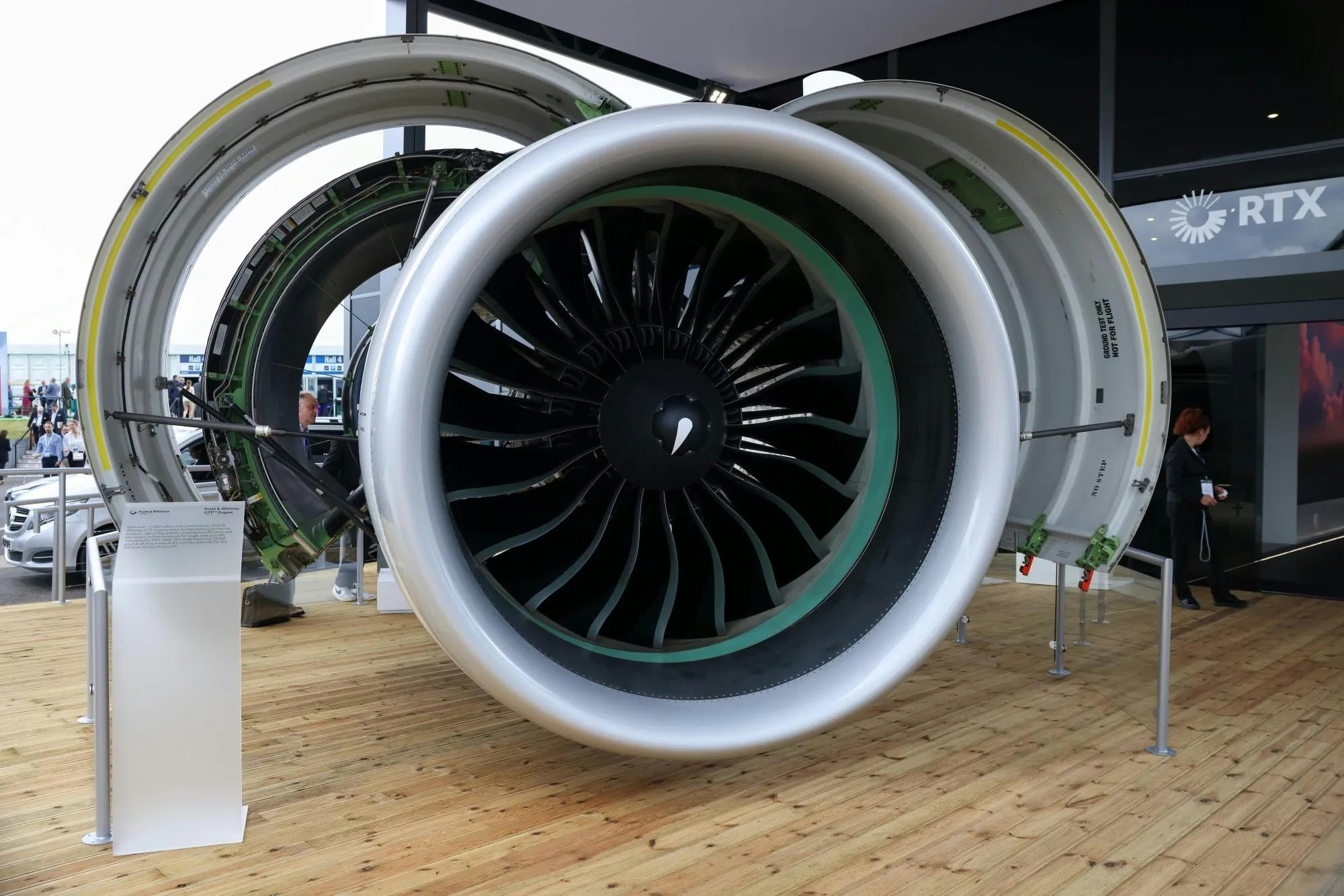
Spirit Signs Agreement with Pratt & Whitney Units on Aircraft Engines

ADB SAFEGATE Receives Industry Awards for Marketing, R&D, and Social Impact

GA Telesis Secures Five-Year Landing Gear Overhaul Agreement with Major U.S. Carrier

Government Strengthens Aviation Safety Framework Amid AI-171 Investigation

NASA Software Raises Bar for Aircraft Icing Research

Dans and Emirates Aviation University Partner on AI Air Traffic Management Research
